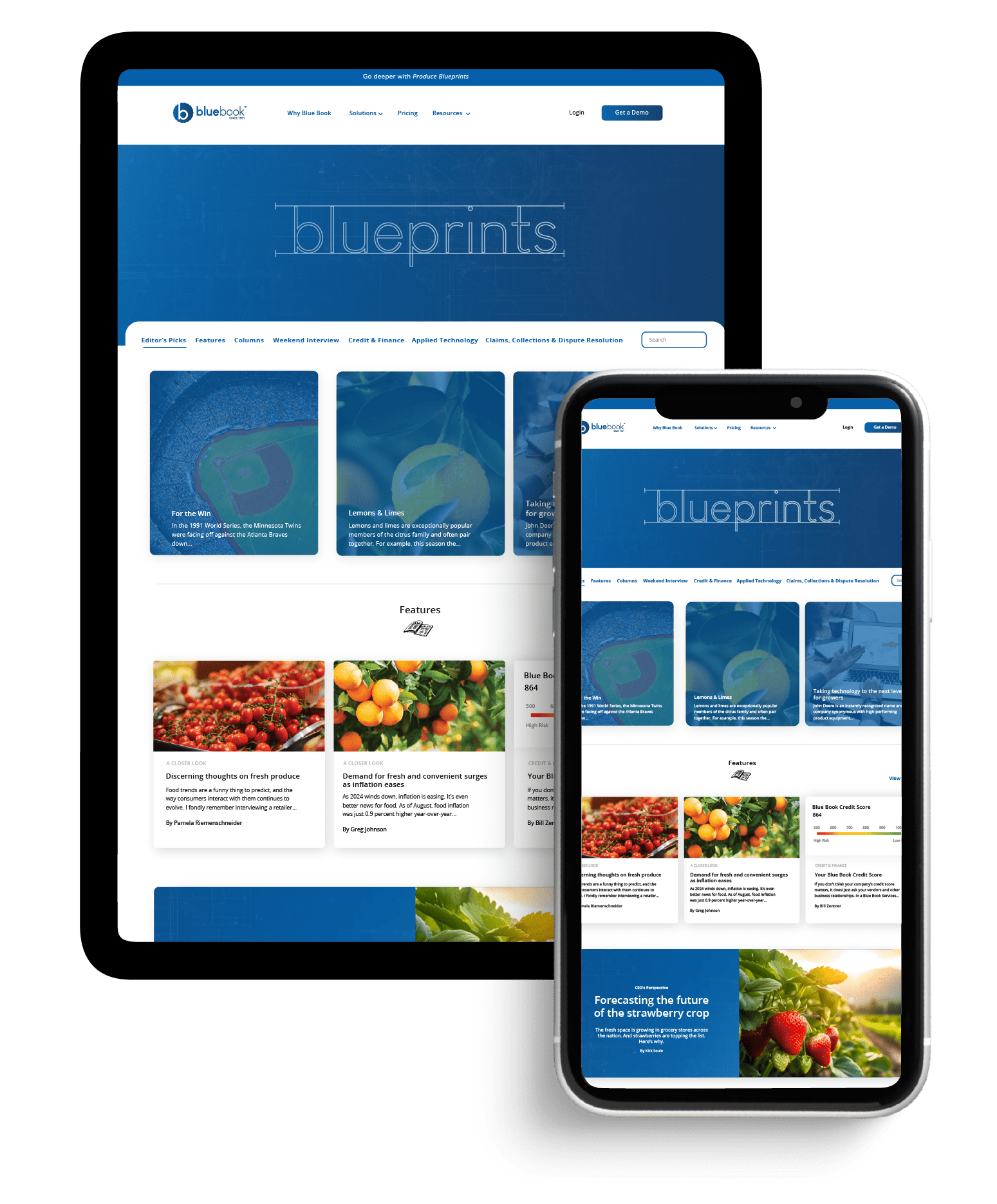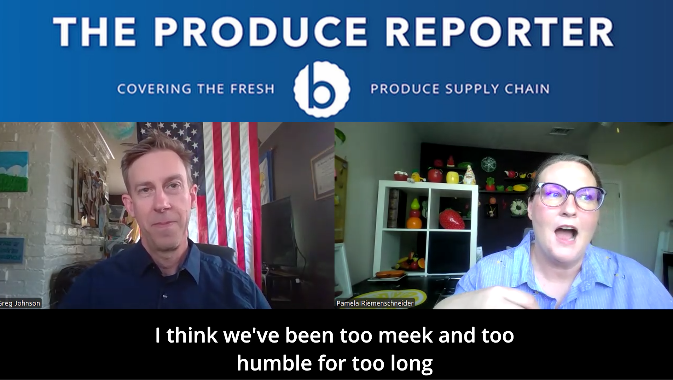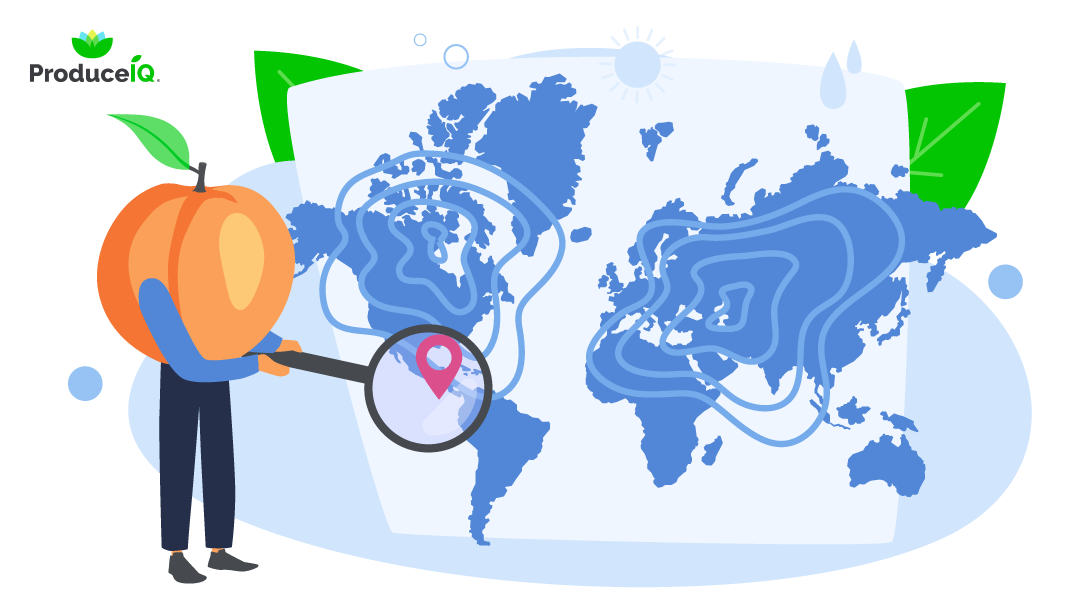
What’s the mood in agricultural lending these days? Muted at best, according to a recent survey conducted jointly by the American Bankers Association and Farmer Mac, but fruits and vegetables remain a comparatively bright spot.
The survey, conducted in August and September, had responses from over 450 loan officers from a wide range of lenders. Respondents were asked about their levels of concern by commodity: dairy fared the worst, with 79 percent saying it was an area of high concern. By contrast, only 21 percent rated the fruits and nuts sector, and 19 percent rated the vegetable sector, as areas of high concern. Nevertheless, this was up from the previous year, reflecting increased price volatility, according to the report.
Farmland values are expected to remain stable: 38 percent of respondents said they did not expect any change, while 41 percent expected a decline of less than 10 percent, and 12 percent of respondents expected an increase of 10 percent.
To turn to interest rates, over 67 percent expected short-term rates to fall over the next months, while 53 percent expected long-term rates to fall.
Liquidity, farm income, and leverage came in as lenders’ highest concerns for growers, followed by trade and tariff issues and weather. (Surveys of this kind are one-dimensional, of course, and don’t reflect the fact that liquidity and income are intricately tied in with trade, tariffs, and weather.)
As for farm family expenses, about half the respondents said that they had stayed the same for 2019, although nearly 42 percent said they had increased, largely because of higher health care costs. In all, lenders said that only 56 percent of their customers were profitable this year, slightly down from last year’s 57 percent. Over 82 percent said that farm profitability fell this year—a percentage very close to those for 2018 and 2017—reflecting a long spate of hard times.
“As a result of the continued stress on profitability, agricultural lenders observed rising trends in farm exits and financial strain,” says the report. “Nearly half of respondents reported rising farmer retirements (47.7%), and nearly two-thirds expect the increasing trend in retirements to pick up over the next 12 months.” Another way out of farming is, of course, bankruptcy: 24 percent of respondents reported an increase in bankruptcies this year, and nearly 39 percent expected them to increase in the coming year.
Various agriculture secretaries, going back to Earl Butz in the 1970s, have communicated a “get big or get out” message to growers, although this is sometimes couched in more delicate terms, such as “inevitable consolidation.” Whether you see this as a good thing or a bad thing, it seems to be happening regardless of federal policy.
In the California citrus industry, for example, “many family farmers are selling out,” observes Joel Nelsen, recently retired president of California Citrus Mutual, BB #:163392 even though “acreage is pretty stable.” The fate of farms of any size lies with the younger generation: if it’s interested in keeping the operation going, it will stay; if not, the farm will be sold, either to another grower or to a corporate concern.
Self-help gurus say that the key to career success is loving what you do. However true that may be in other sectors, it is definitely the case in agriculture. It is a low-margin business, freighted with a large bundle of uncertainties. If you don’t love growing with all your soul, you probably aren’t going to make it. And if your children don’t love it, they’re probably going to move on.








